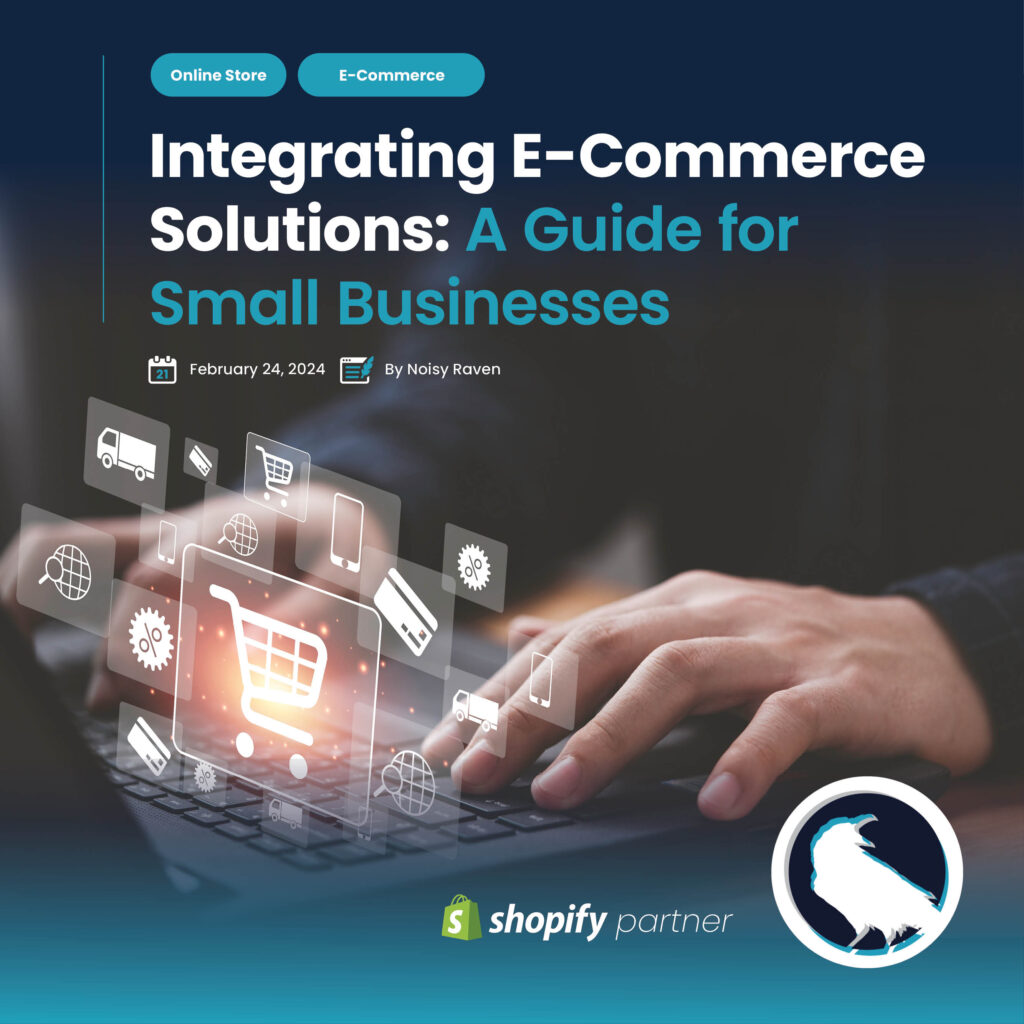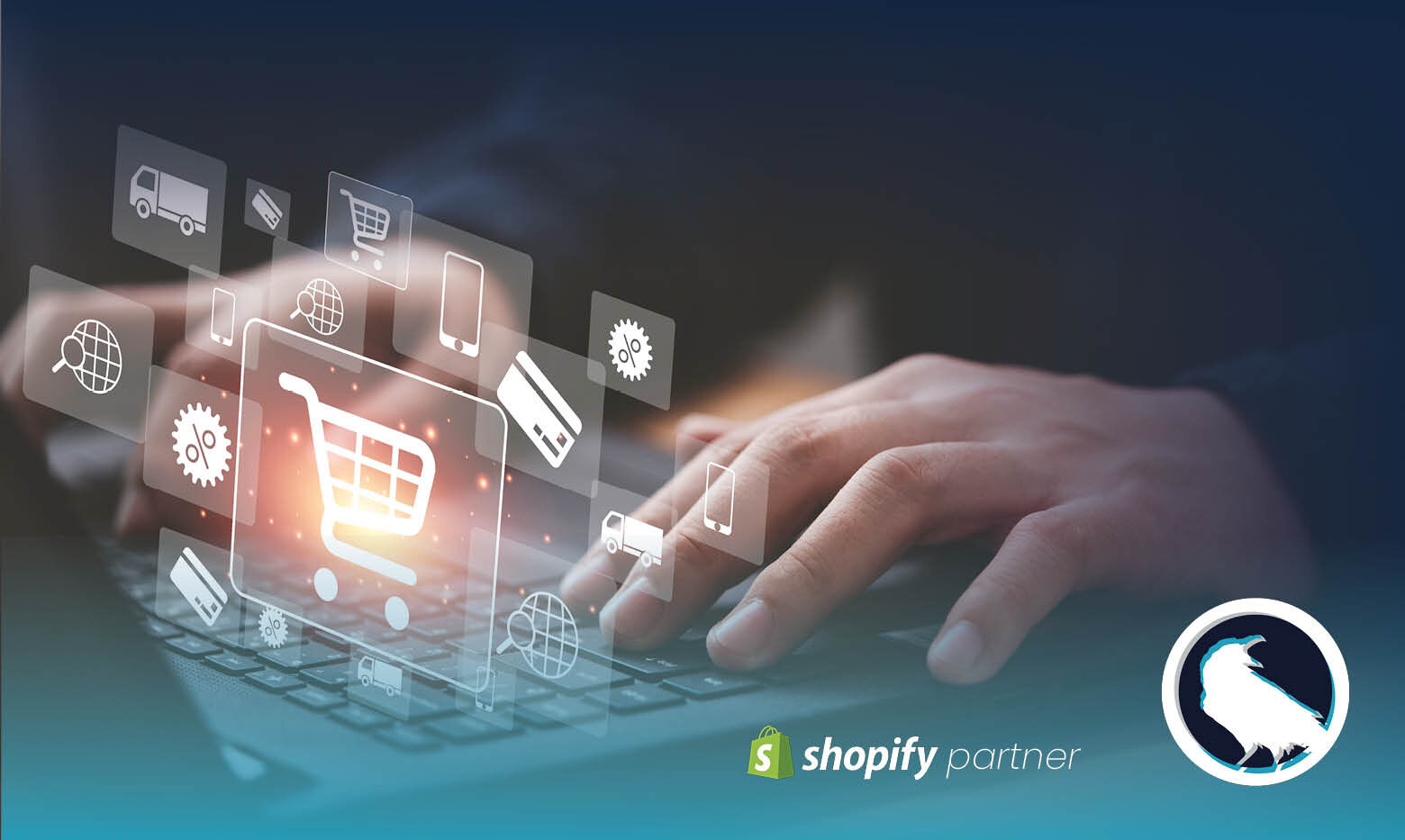Integrating E-Commerce Solutions: A Guide for Small Businesses
Integrating E-commerce Solutions: A Guide for Small Businesses
In the digital age, e-commerce has become a vital channel for small businesses aiming to expand their reach and increase sales. Integrating e-commerce solutions into your business model is not just about launching an online store; it’s about creating a seamless and efficient shopping experience for your customers. This guide provides small businesses with practical steps to integrate e-commerce solutions effectively.
Understanding E-commerce Integration
E-commerce integration involves synchronizing your online store with other business systems, such as inventory management, accounting, and customer relationship management (CRM). This process ensures that data flows smoothly between systems, improving efficiency, reducing errors, and enhancing the customer experience.
Step 1: Define Your E-commerce Goals
Before integrating, clearly define what you want to achieve with your e-commerce platform. Whether it’s increasing sales, reaching a wider audience, or offering a more diverse product range, having clear goals will guide your integration process.
Step 2: Choose the Right E-commerce Platform
Select an e-commerce platform that aligns with your business needs and goals. Consider factors like scalability, ease of use, payment gateway integration, and compatibility with other tools you use. Popular platforms for small businesses include Shopify, WooCommerce, and Magento.
Step 3: Plan Your Inventory Management
Effective inventory management is crucial for e-commerce success. Choose a system that integrates with your e-commerce platform, allowing real-time inventory updates. Such integration prevents stockouts and overstocking, ensuring a smooth shopping experience.
Step 4: Integrate Payment Solutions
Select payment gateways that offer security, reliability, and a wide range of payment options to accommodate your customers’ preferences. Ensure that your chosen payment solutions integrate seamlessly with your e-commerce platform to facilitate smooth transactions.
Step 5: Set Up Shipping and Fulfillment
Shipping and fulfillment are critical components of e-commerce. Integrate your online store with shipping providers and fulfillment services that offer efficient, cost-effective delivery options, including setting up automatic shipping calculations, tracking, and notifications for your customers.
Step 6: Implement CRM and Marketing Tools
Integrating CRM and marketing tools with your e-commerce platform can help you understand customer behavior, manage relationships, and personalize marketing efforts. Look for solutions that offer automation, segmentation, and analytics features to enhance your marketing strategies.
Step 7: Ensure Mobile Optimization
With a significant portion of online shopping done on mobile devices, ensuring your mobile-friendly e-commerce site is essential. A responsive design adjusts to different screen sizes, providing a seamless experience for mobile shoppers.
Step 8: Test and Launch
Before launching your integrated e-commerce site, conduct thorough testing to identify and fix any issues, including testing the shopping experience, payment processing, inventory updates, and mobile responsiveness.
Step 9: Monitor and Optimize
After launch, continuously monitor your e-commerce platform’s performance. Use analytics to gain insights into customer behavior, sales trends, and potential areas for improvement. Based on these insights, regularly update your platform and strategies to optimize performance and sales.
Conclusion
Integrating e-commerce solutions into your small business can open up new opportunities for growth and customer engagement. By following these steps and choosing the right platforms and tools, you can create a robust e-commerce presence that drives sales and enhances the shopping experience. Remember, the key to successful e-commerce integration is ongoing optimization and adaptation to changing customer needs and market trends.
As a Shopify Partner, Noisy Raven excels in helping businesses craft B2C (business to consumer) and B2B (business to business) e-commerce solutions. If integrating e-commerce solutions feels overwhelming, let Noisy Raven’s Web Design & Development services ease your journey. Our skilled team specializes in creating seamless e-commerce experiences, leveraging Shopify’s robust platform to tailor solutions that align perfectly with your business needs. We’re here to guide you through every step of building and integrating a successful online store, ensuring your venture into e-commerce is smooth and effective.
Ready to elevate your small business with e-commerce? Contact Noisy Raven today, and let’s embark on this digital journey together, harnessing the power of our Shopify partnership to unlock your business’s full potential.




